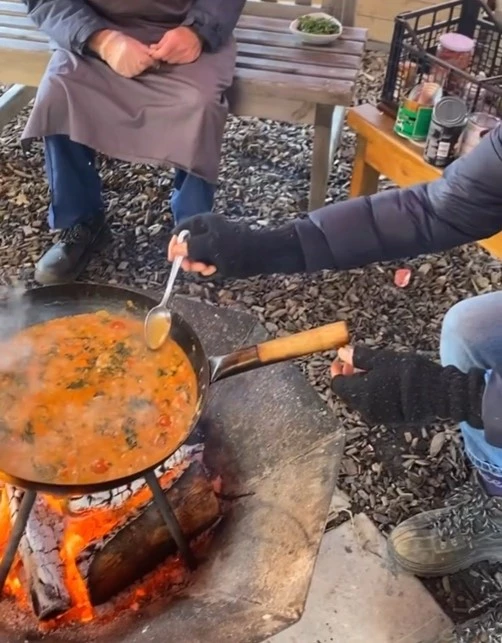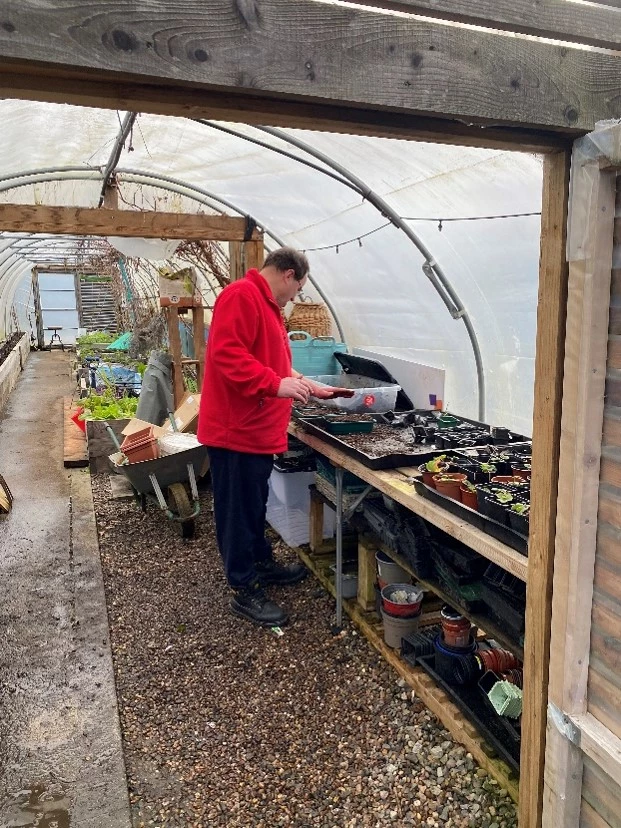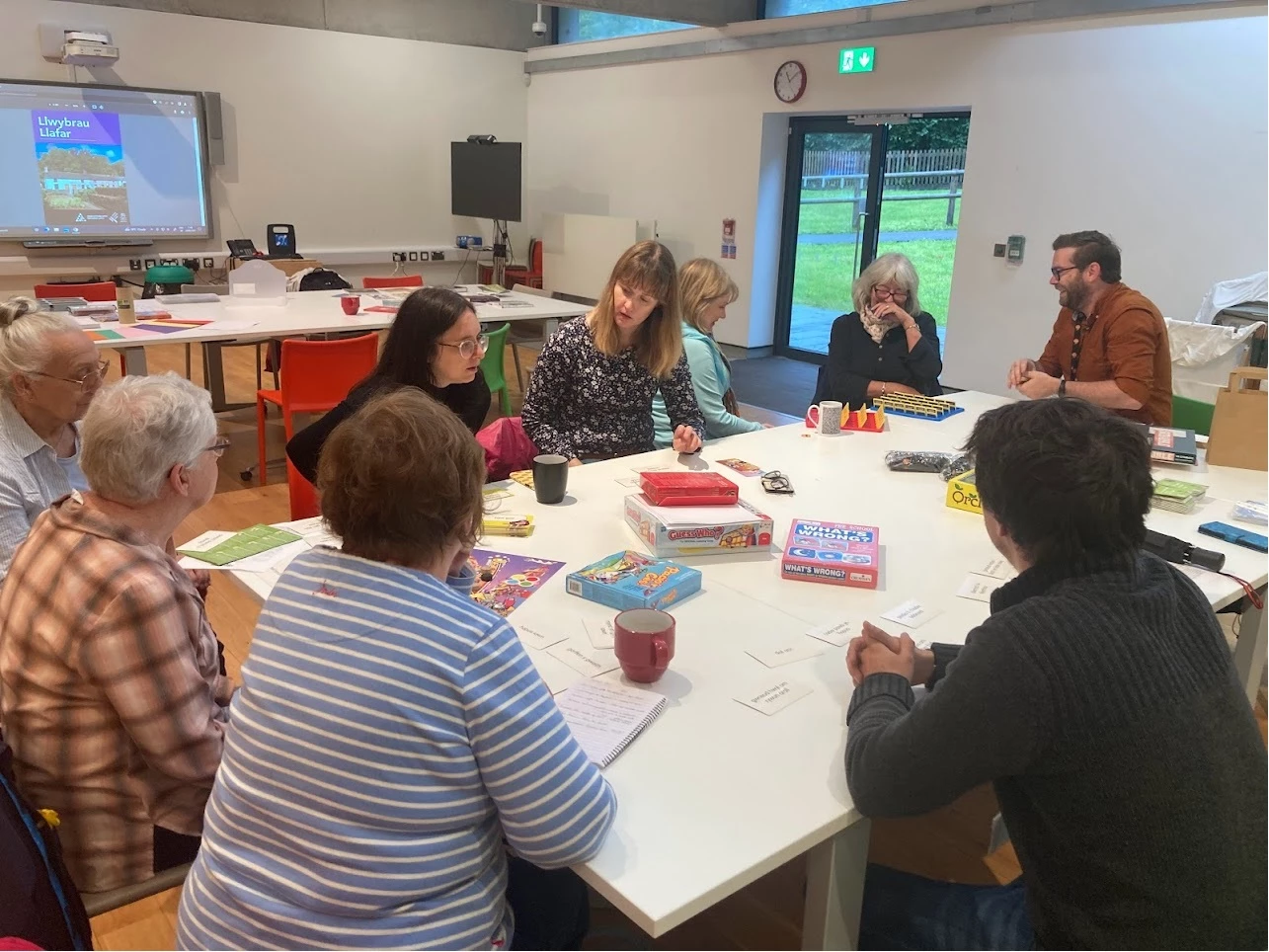GRAFT January
, 21 March 2024
“No matter how long the winter, the spring is sure to follow”.
For many March is the month to begin sowing, planting and getting excited for a year full of harvest. In GRAFT the Volunteers have not stopped and waited for March but instead have ploughed through the cold winter weather to fix and prepare the garden for the year ahead.
January
January 12th and 19th was our first sessions back after a couple of weeks off. With the bad weather and power cuts in the museum we stuck to maintenance jobs, clearing some of our raised beds and preparing beds ready to be planted later in the year. Even more exciting we sorted all of the seeds into month order [TOP TIP] which helped us to plan what seeds we needed to buy from our suppliers (Real Seeds, and the Incredible Seed Hub) but also forward plan the growing schedule for the year.
We also cleared and cut back our Birch and planted in some blackthorn and hawthorn. We did this to make the hedge more attractive to different wild-life species and also harvest lovely tasting berries.
Compost glorious compost! Compost is so important to the garden for many reasons. Not only does it reduce waste, reduces landfill and saves water but it also enriches the soil and adds lots of microorganisms to it. It’s great for the environment By composting at home you will reduce your carbon footprint by not buying factory-made fertilisers. [TOP TIP] only add the following to your compost pile: Fruit scraps, Vegetable scraps, Coffee grounds, Eggshells (though they can take a while to break down), Grass and plant clippings. DON’T add Bread, Diary Products, Rice and anything not biodegradable, such as plastics, shiny paper, stickers and some tea bag brands.
Annie led Graft Volunteers alongside Westcross Day Care to empty our compost out, sieve it and picked out worms to add back into the compost.
I will be updating readers every month or two months with the general work we have done in the garden. We will pass on information we have learnt, things we have done well (and not so well) and any tips for budding gardeners (or experienced gardeners) out there to take to your own green space. I will also include a seasonal recipe from The Shared Plate using ingredients from GRAFT.




















